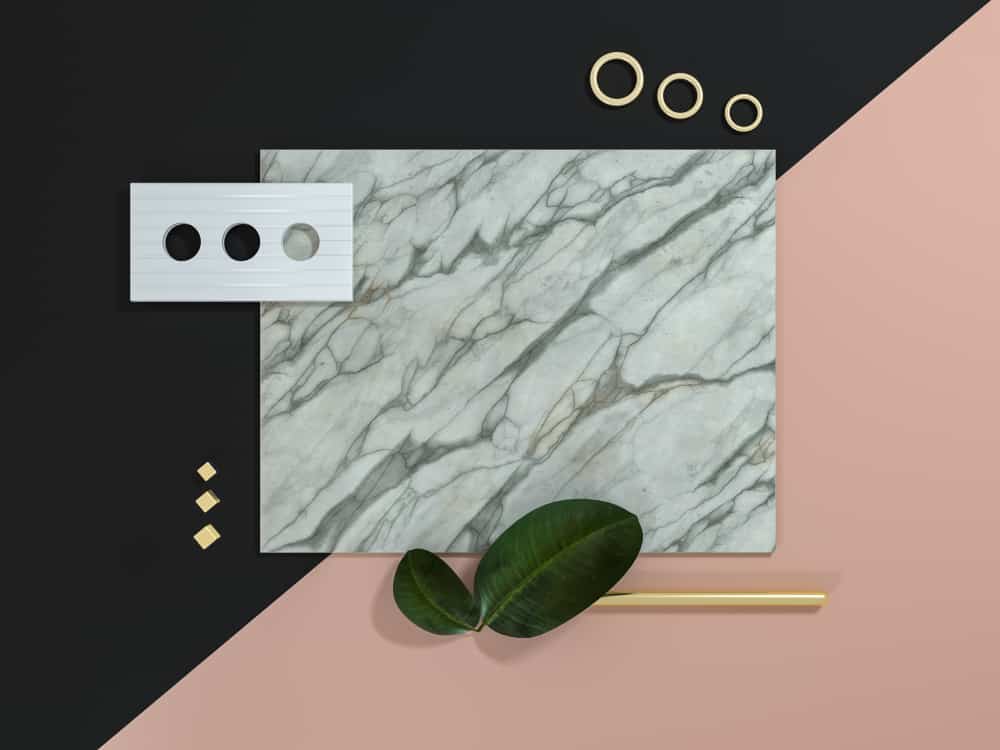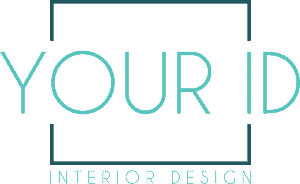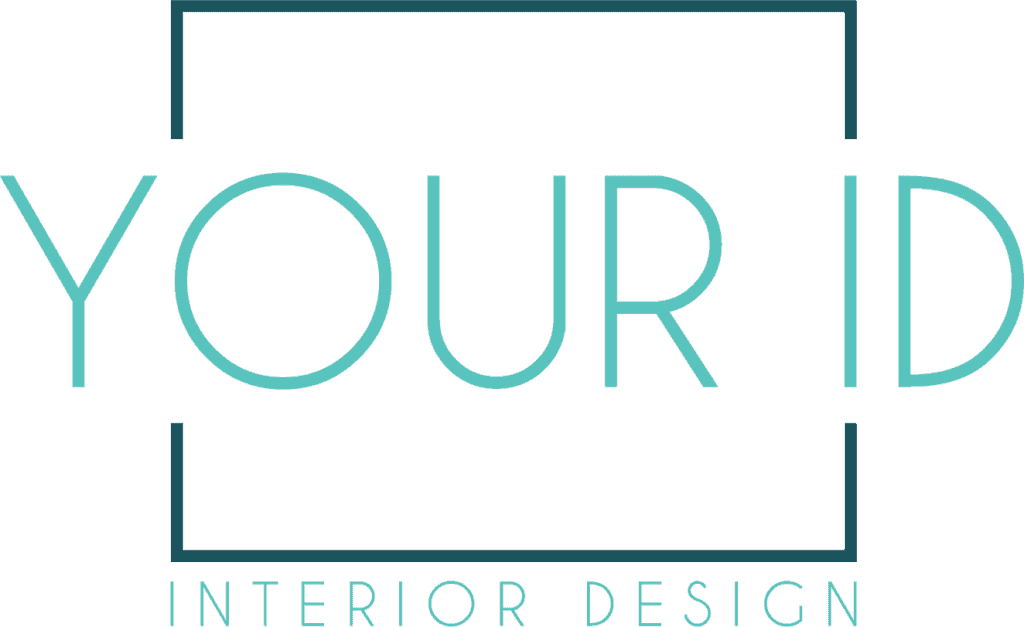The Elements Of Style

Incorporating the Elements of Style into your Home Design Project
Interior Design Style Tips
It may seem that when it comes to interior design the main elements are flair and creativity, but what happens when the creativity dries up? Is there a way to go back to the interior design fundamentals? Let’s explore the elements of style and see what makes them the building blocks of all successful interior design. Is there anything behind those magic words?
Light
Natural light, dark walls, dimmer switches. The light should lead your interior design decisions. Get the light right and the rest of your interior design will flow, get it wrong and you’ll be floundering in the dark, not knowing which way to turn. The three main types of light are:
- Task lighting. The lamp in your home office allows you to see your notes.
- Accent lighting emphasises objects. The lights that run above the stove or kitchen island, draw attention to the main cooking areas of your kitchen.
- Mood lighting sets the ambience. That soft touch of lighting gently soothes the corners of the living room, bringing a sense of closeness to the area.
Think about the colour of the light – cool blue or warm yellow? – as well as the light intensity when making your decisions.
Colour
Once the light is fixed then the colour comes in. What colour you want to use will be a marriage of what light it works best with and how large the room is. If you want to make a small room bigger then consider painting one wall black. This is because black has incredible depth, increasing a room’s perceived size. Interestingly, bright coloured objects appear taller than dark coloured ones. More than an aesthetic choice, the colour will influence mood, so choose wisely.
Pattern
Paired with colour, a pattern can make or break a design. Usually repetitive in design, patterns can be found in wallpaper, carpets, rugs, throws and soft furnishings. They can come in a plethora of types, from animal prints to geometric. A word of warning, too much pattern can come across as chaotic and overwhelming, so unless that’s your motif, use patterns sparingly around the home.
Line
Up and down or side to side? Maybe you want to throw a zigzag in there to show movement. The line of your furniture and rugs should complement how you want to feel. Horizontal lines create a feeling of security, great for your bathroom, whereas vertical lines are daring and bold, ideal for anywhere guests gather. Try dynamic lines, like zigzags, on the stairs to create a sense of energy and motion. When it comes to line, feel the energy of the room and decorate accordingly.
Texture
Tell me, how does it feel? That’s texture. But it can also be used to describe the sense of feeling an object gives you. Weathered, rustic and vintage are all how something looks because of its texture. Choosing furnishings based on texture is absolutely key to creating a perfect space. Your cosy lounge doesn’t want to have a rough texture, the same way your kitchen shouldn’t feel too soft.
Space
Space is 2D – the width and length – and 3D – the height. If the room is awkwardly shaped and has many little nooks then you can utilise mirrors to make the space double. If your lounge is long and narrow then place the sofa on the longest wall and bookend with lamps. Placing a mirror above the sofa will give the room the illusion of more space. But don’t fill all the space. It’s important to leave some empty or ‘negative’ space to show the flow of the room and break up the space visually.
Form
Not to be confused with ‘shape,’ form expresses the contour or, yes, shape, of the room and any artwork, furniture or other objects you’re filling the space with. It comes in two forms. Geometric, which is sharp, man made lines like squares or triangles and organic, which is softer and can be plants or round tables.
So there we have it. If we find ourselves coming up short for style ideas or inspiration it’s always worth taking a step back to figure out what basic building block we can incorporate to help us settle our minds and figure out what seems to be blocking our design process. These elements are also a great place to start planning a new project, so take note, and remember your elements of style


